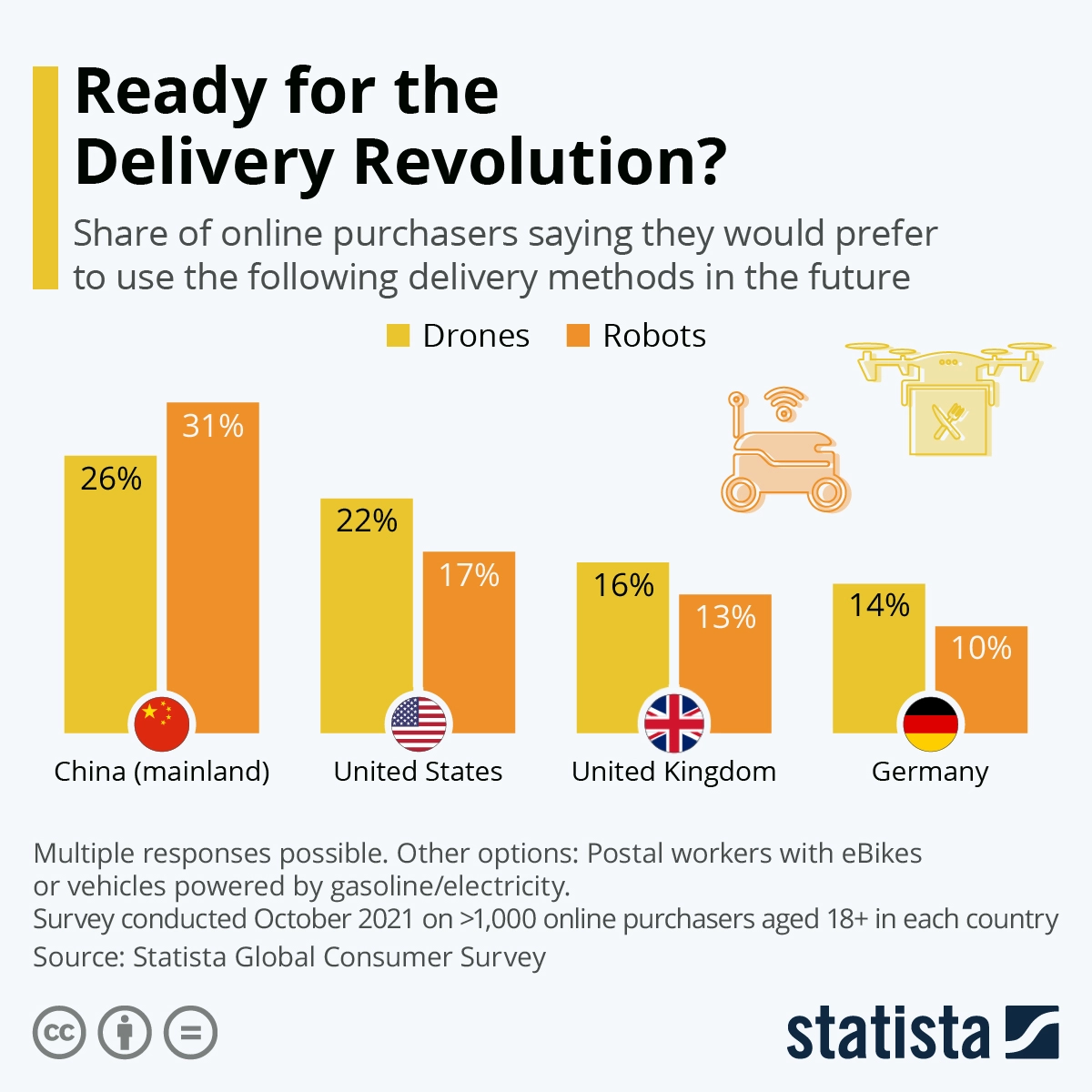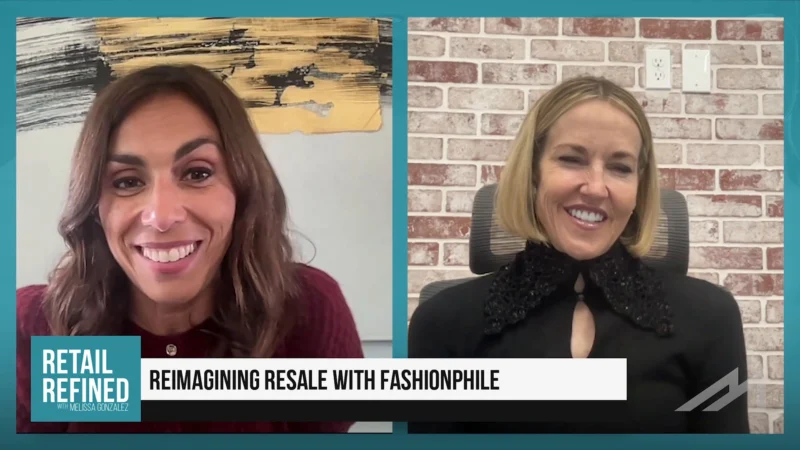Last-Mile Drone Delivery Takes Flight in 2022
Drone delivery has been captivating audiences for years. Consumers are eager to see it come to fruition across the globe, and operators are working to accelerate its capabilities, while retailers are preparing for a multitude of use cases. In 2022, the widespread adoption and usability of drone delivery will find its wings. So, what can the world of retail and its consumers expect?

Safety First, No Matter the Use Case
Drone companies and any industry that wants to use the technology have a unified front of being safety-first. Without this as the foundation, the proliferation of drone delivery won’t cross the threshold into reality.
Tom Walker, CEO of DroneUp, a drone last-mile delivery provider, recently chatted with the MarketScale team at NRF 2022 on the topic.
“The conversation starts with safety. It’s a new and emerging thing, and retailers aren’t experts in the drone space. Their biggest concerns are with the regulations set by the FAA and compliance with them,” Walked said.
While the FAA controls drone operations, the novelty of the industry at scale means it still looks to the operators for help defining parameters for success and safety.
“Standards are set by operating safely and demonstrating it time after time, even with changing environments. We then share those with the FAA and industry,” Walker said.
Are Consumers Drone-Ready?

Drone delivery is still in an incubation period, with test sites that are more rural than urban. There are also parameters around product sizes and types, so the full scope of drone delivery’s utility is still being defined. DroneUp’s partnership with Walmart in Arkansas, though, is one of the core testing grounds for imagining the future of the industry. Operating 12 hours a day, seven days a week, it’s becoming a blueprint for repeatable, safe and consistent delivery.
Another point of consideration for retailers as they look to drone delivery adoption, and perhaps the most important one, is how consumers feel about the entire experience. Walker shared some feelers of the market from their Walmart partnership, which is trending positive.
“In our northwest Arkansas location, we’ve noticed trends. First is the novelty purchase, so they can see how it works. Then they buy more material things. We’re seeing reorders with no significant complaints. With consumers driving the interest, retailers will follow,” Walker said.
What the industry learns here will carry over to more densely populated areas. As it becomes a viable channel for delivery, retailers will take note, and could realize cost savings and more seamless last-mile delivery.
The Last Mile Is the Most Expensive One
Retailers are apt to consider drones for other reasons besides customer demand. They also need solutions for the last mile, which accounts for 53% of total shipping cost for retailers. It’s the logistical component that’s experienced a lot of change and volatility as increases in ecommerce sales and consumers’ desire for immediacy have taxed retailers. Drone delivery offers a new opportunity.
Last-mile costs are so high due to several reasons:
- Fewer miles-per-gallon, as delivery areas are usually local roads with traffic.
- Increased wages for drivers who are in high demand.
- Failed deliveries because people aren’t expecting them or aren’t home or address inaccuracy.
- Returns and refunds add more dollars to the cost, with e-commerce returns averaging 20%.
The last mile remains the most uncontrollable aspect in the supply chain. So many things impact its efficiency and efficacy but as Walker and his team have found in their deployments, drones are helping make the last mile more predictable and less expensive.
Drone Delivery as Part of a Last-Mile Ecosystem
In last-mile delivery, drones don’t need to operate in a vacuum. They aren’t feasible for every location or product yet, so necessarily will need to complement other autonomous delivery modes. As a result, a new ecosystem emerges to revolutionize how retailers get products to consumers, offering many advantages beyond cost savings. This ecosystem is front of mind for Walker.
“What we’re trying to do is not just go out and say, ‘drone delivery solves everything,’ but rather, how does drone delivery fit into the last mile ecosystem, how do we collaborate with middle mile autonomous vehicle solutions who can supplement and bring to those distribution hubs,” Walker said. “As long as our industry looks at it as though we’re not competing, but rather we’re building an autonomous last-mile ecosystem…then we’re going to be very successful.”
Such innovation supports more eco-friendly transportation and fewer stop-and-go trucks on the roads. All these benefits make the appeal of retail drone delivery sky high in 2022 and beyond.








